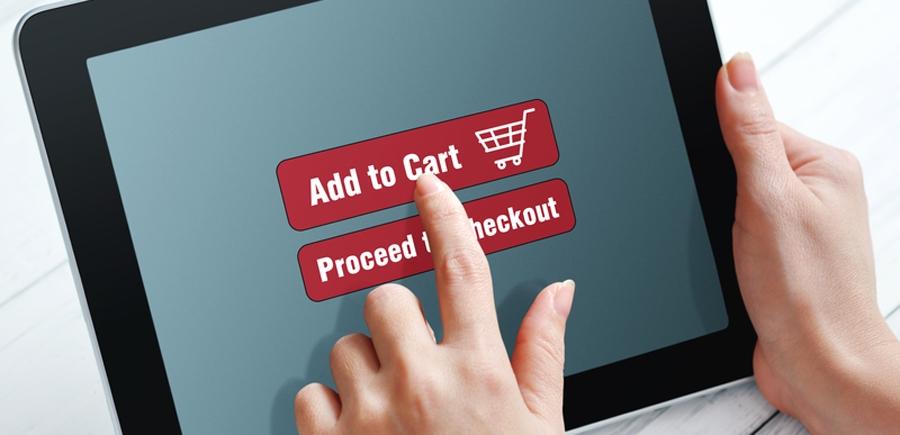
Have you considered offering direct debit (DD) as a payment method for your products/services online? Here is an explanation and some helpful tips about the process.
Many retailers feel direct debit is too cumbersome to install and as a result the vast majority of online shops tend to only offer credit card (CC) as their only payment method. Research suggests however that online shoppers would much prefer to have the option of DD, particularly for high-value items and time delimited services such as annual subscriptions, insurance etc.
Also, in Europe particularly, the major difficulty for retailers with DD has been the complexity of offering the payment method in Euro countries other than their own. The advent of SEPA in January of this year has completely changed this however. Eurozone countries can now easily operate this payment method throughout the Eurozone with a single bank account in any of the 18 countries which use the Euro currency.
Explanation of the Process:
Step 1 – Front end: Gathering of customer data online (IBAN, BIC etc.) from customers and selection of the withdrawal of funds date, if applicable.
Step 2 – Back end: Once the above data is submitted and depending on the payment gateway, several actions will be enacted here such as setting up payee details, mandate etc. and the saving of data locally to a database.
Step 3 – Back end: Admin extracts and submits to the bank the payment data, instructing the withdrawal of funds. This step can be automated if desired.
Step 4 – Front end: Automated customer receipts.
If the development of the direct debit module is done correctly, i.e. validations properly formatted, there should be no need for manual intervention but where necessary data needs to be retrievable from the local database to make adjustments.
In conjunction with Ecom-Ireland, Echo Media has developed a variety of direct debit payment systems. We offer advice on the most suitable solution before we begin the development process.
—
Pro’s & Con’s:
A.1 – The single biggest benefit of DD is that you can offer your products/services to a wider audience. Customers may either choose simply not to purchase or choose a rival retailer if they do not have a DD option.
A.2 – It is advantageous to spread company income across a longer period. This is particularly relevant to business’s who have ‘spikes’ at certain times in the trading year. DD allows for even turnover throughout the calendar year.
A.3 – Guide to Direct debit payments allows for purchases from potential customers who do not own a credit card.
B.1 – The major disadvantage is that the DD module requires management. For example when a withdrawal is attempted but the customer has insufficient funds – recourse has to be built into the system to allow for this (e.g. to suspend service while account is unpaid).
The extensiveness of the payment options offered will determine how much management is necessary. In the case of single transfers, obviously this will be much less but still requires some management unlike CC payments which are transacted at the time the user enters their details.
B.2 – You must have a Merchant ID to process DD transactions.
—
Tips:
I would suggest some investigation into your business/organisation to see if you will benefit from offering this payment method.
a) Carry out a simple poll/forum item asking your customers whether it is something they would like to see?
b) Check if your competitors offer DD?
If your product/service is low value you may think it is not worthwhile offering DD but you could still offer a single payment option which would require much less management. This would be particularly relevant to charities or organisations who take donations online.
In summary it is not a decision to take lightly but at the same time is not a huge undertaking if it is something you feel will improve your sales/transactions. It will not require an overhaul of your website to implement. In fact, any CMS/CRM or shopping cart can be modified to integrate the DD option so don’t let that be a stumbling block.
Hope you find our guide to direct debit payments helpful and it goes someway to remove the confusion that surrounds DD payments online.
